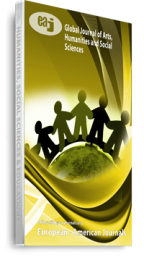The Responsibility to Protect doctrine,(shortened as R2P) is basically a response to the dominating influence of state sovereignty in the face of global security challenges and the compelling need for intervention for human protection purposes. The concept was introduced in 2001 by the International Commission on Intervention and State Sovereignty (ICISS) as another option to humanitarian intervention which was often associated with controversy surrounding the principles of sovereignty and non-intervention norms. As an emerging doctrine, R2P reconceptualized the principle of sovereignty and redefined it as a responsibility rather than a right. In pursuit of this new intervention for human protection purposes, the R2P doctrine provides that every state is duty bound to protect her citizens against internal or external attacks. However, if a State fails to fulfill this natural responsibility either willfully or due to incapacity, the international Community would be required to assume the responsibility to protect the nationals of that country. The report of the R2P doctrine met with global endorsement at the 60th anniversary of the UN during the world summit in 2005. The Report was further ratified for implementation in 2009 by the UN General Assembly. However, the R2P doctrine thereafter suffered a huge set back due to disinclination of the UN Security Council to bring the doctrine to practical reality. This weakness manifested in the deliberate reluctance and indeed veiled refusal by the UN Security Council to exercise the authority entrusted to it by the UN Charter which invariably betrayed a decline in the authority and stature of the UN. As a result, the R2P model of intervention was prematurely consigned to the dust bin of history. It is therefore the contention of this paper that the United Nations through the instrumentality of the Security Council is culpable for denying the world the benefits of the R2P doctrine as a viable alternative to the much maligned humanitarian intervention. As a result of the failure by the UN to implement the R2P in conflict areas witnessing atrocity crimes, the world is currently facing a dilemma and stalemate in intervention for human protection purposes.
Keywords: Sovereignty., United Nations, humanitarian intervention and atrocity crimes., responsibility to protect

